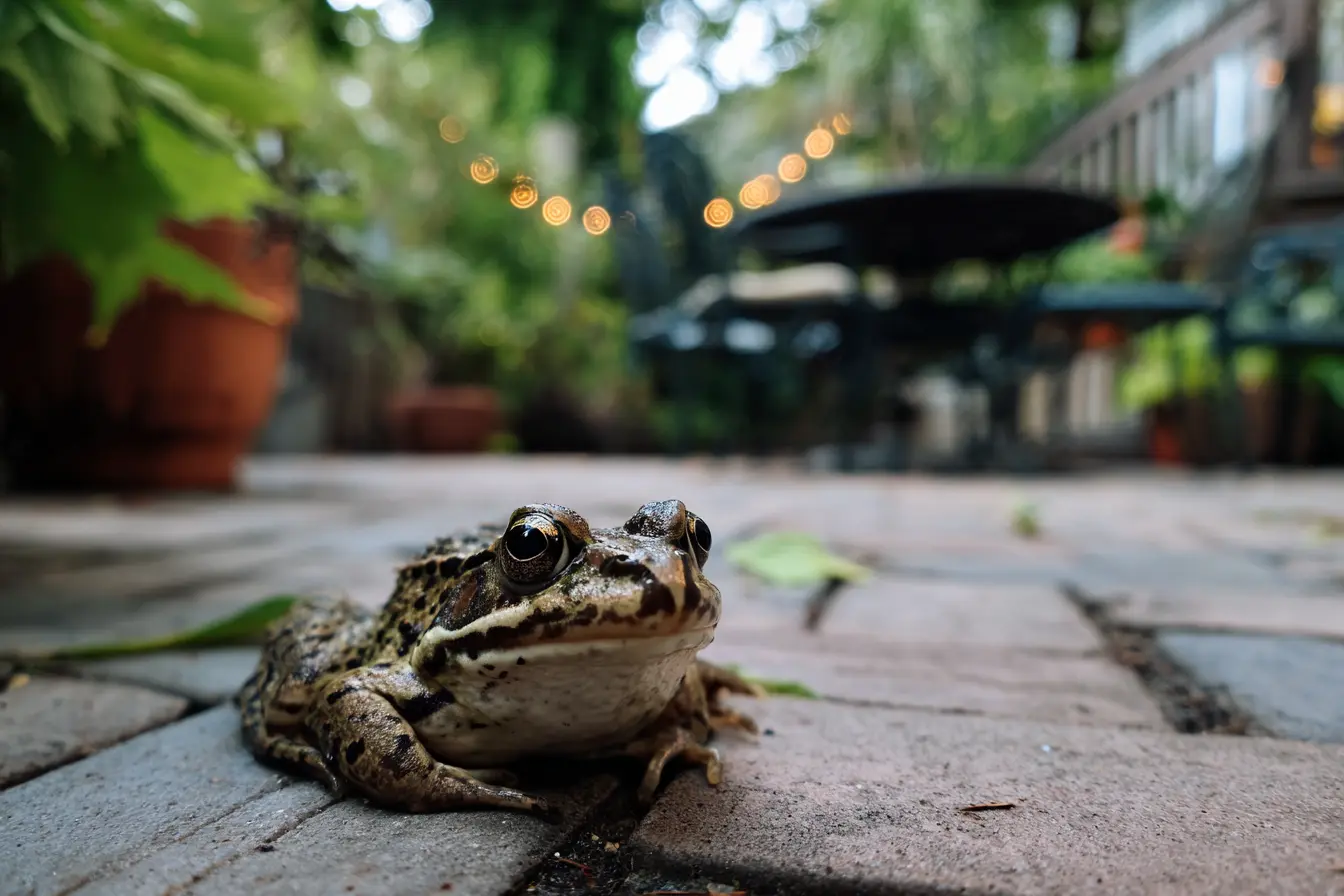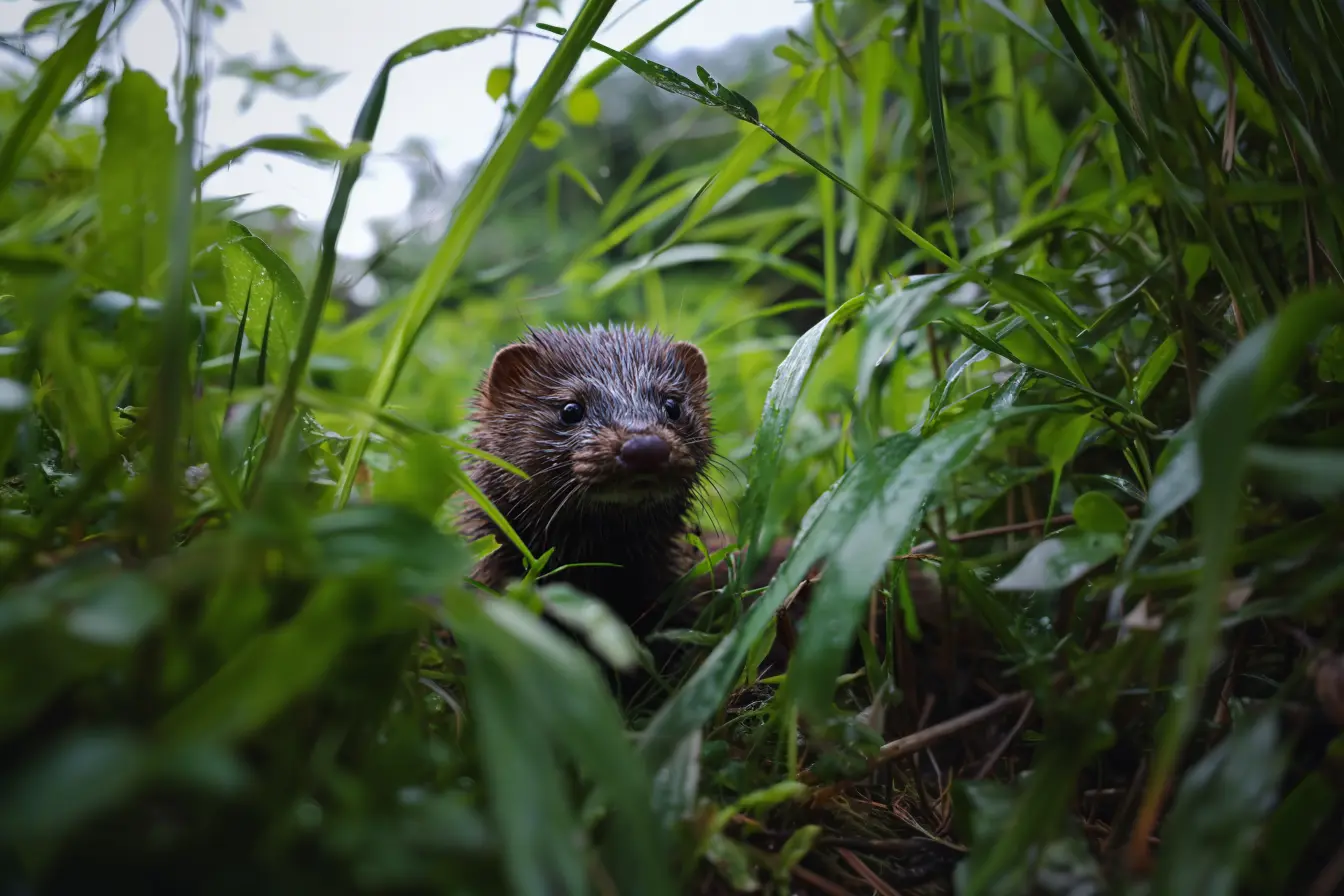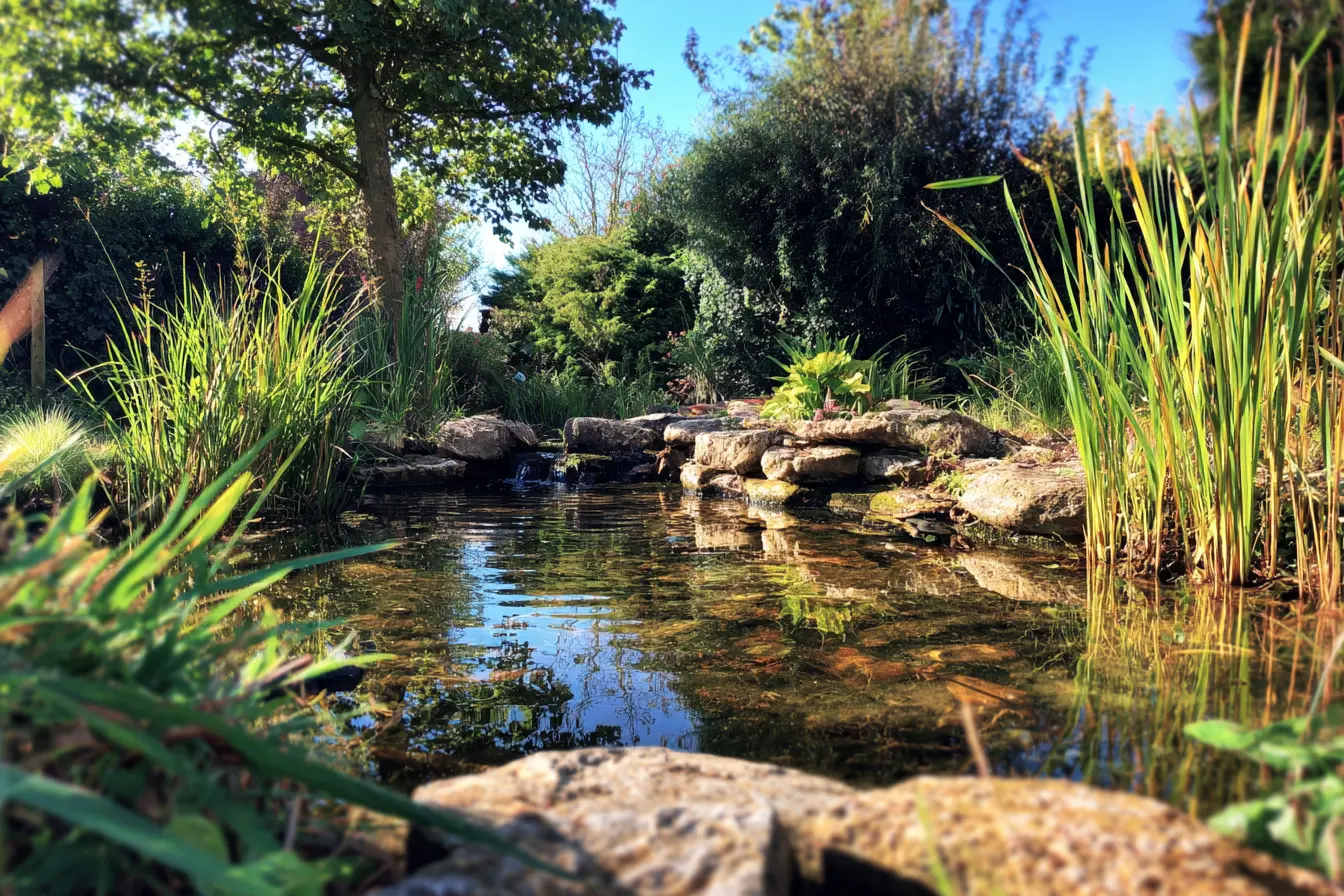
What to Do If You Find a Frog in Your Garden
Frogs are a common sight in UK gardens, particularly in the spring and summer months. These amphibians are not only fascinating to watch but also play an important role in the ecosystem by controlling pests such as slugs, snails, and insects. If you find a frog in your garden, it’s usually a positive sign that your outdoor space is wildlife-friendly. However, knowing how to respond appropriately ensures both the frog’s safety and your peace of mind.
Identifying the Frog
The most common frog species in the UK is the common frog (Rana temporaria). It can vary in colour from green to brown or even reddish, often with dark markings. Frogs have smooth skin, long hind legs for jumping, and prefer moist, damp environments.
Make sure you're not confusing frogs with toads (which have dry, warty skin) or newts (which have a more lizard-like appearance).
Is It Normal to See a Frog in the Garden?
In most cases, yes. Frogs often travel through gardens during:
- Spring and early summer, as they move to and from breeding ponds
- After rainfall, when conditions are damp
- At night, when they are most active
They may also choose to live in your garden permanently if there is suitable shelter and a water source.
When to Take Action
While seeing a frog is usually nothing to worry about, there are some scenarios where you might need to step in:
- The frog is in immediate danger (e.g. trapped in a window well or patio drain)
- It’s exposed in hot weather with no shade or water nearby
- You suspect it’s injured or unwell
- It’s in a part of the garden that will soon be disturbed (e.g. being dug up or landscaped)
How to Help a Frog Safely
Provide a Safe Environment
If the frog seems healthy and is not in danger, the best thing you can do is ensure your garden remains hospitable:
- Avoid using pesticides or slug pellets, which can harm frogs and their prey
- Leave areas of long grass, leaf piles, or log stacks where frogs can shelter
- Provide a shallow water feature or wildlife pond for breeding and hydration
- Ensure there are escape routes from water (gently sloped edges or rocks)
Move It Only If Necessary
If the frog is in danger and you need to move it:
- Gently scoop it up with wet hands or a clean container. Dry hands can damage its sensitive skin.
- Move it a short distance to a shaded, sheltered area in your garden, ideally near a pond or dense vegetation
- Avoid moving it to a different location altogether unless absolutely necessary (e.g. it is trapped in a location far from suitable habitat)
What to Do If It's Injured or Unwell
Signs of an unwell frog include:
- Open wounds or bleeding
- Lethargy or failure to move when approached
- Swelling or bloating
- Visible signs of fungal infection (white patches on skin)
In these cases, contact a local wildlife rescue, amphibian rescue centre, or vet with experience in wildlife care.
Useful contacts include:
- Froglife (UK amphibian conservation charity): www.froglife.org
- RSPCA (for animal emergencies): 0300 1234 999
Avoid Common Mistakes
- Do not relocate frogs long distances. Frogs have strong site fidelity and may become disoriented or fail to thrive in unfamiliar areas.
- Do not keep it as a pet. All native UK amphibians are protected, and removing them from the wild is not advised.
- Do not use chemical deterrents to remove frogs from your garden. These can harm wildlife and pollute local ecosystems.
How to Attract and Support Frogs Long-Term
If you’d like to encourage frogs to visit or stay in your garden, consider the following:
- Create a wildlife pond: Even a small one can make a big difference. Avoid adding fish, which eat frogspawn and tadpoles.
- Add ground cover: Leaf litter, rocks, and low shrubs provide essential shelter and hunting grounds.
- Build a “frog hotel”: A simple stack of broken terracotta pots, wood, and stones in a shaded corner can provide year-round shelter.
Seasonal Considerations
- Spring: Frogs return to breeding ponds. You may see large numbers of frogs and frogspawn.
- Summer: Tadpoles metamorphose into froglets and disperse. Take care when mowing or gardening.
- Autumn: Frogs seek out overwintering sites, such as compost heaps, log piles, or burrows.
- Winter: They hibernate and are rarely seen. Avoid disturbing potential hibernation spots.
Final Thoughts
Finding a frog in your garden is often a sign of a healthy environment. In most cases, no action is needed other than to observe and enjoy. However, if intervention is necessary, a gentle, informed approach will ensure the frog’s wellbeing. By making your garden frog-friendly, you’re not only supporting a vital species but also encouraging a thriving, balanced ecosystem.
For more information and advice, visit Froglife or consult your local wildlife trust.
Related Vets
Vets near you
Speciality vets
- Aquatics vet specialists
- Birds vet specialists
- Camelids vet specialists
- Cats vet specialists
- Cattle vet specialists
- Deer vet specialists
- Dogs vet specialists
- Equines vet specialists
- Exotic vet specialists
- Goats vet specialists
- Pigs vet specialists
- Poultry vet specialists
- Sheep vet specialists
- Small Mammals vet specialists
- Wild vet specialists










